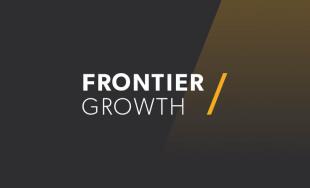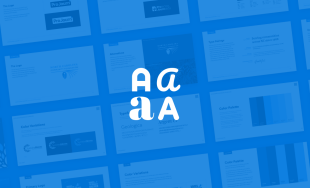Building Great Landing Pages
Landing pages are powerful tools. They’re also remarkably easy to build and useful in a number of situations. To start, let’s define what we’re talking about -- a landing page is a targeted web page that appeals to a particular topic or audience and encourages a specific action or result. Here are a couple of examples:
iContact
Email marketing software is a highly competitive market and converting search visitors into customers is a huge part of these companies success. That said, it's no surprise that most email marketing products have really nice landing pages, including iContact. As soon as you land on the page you can easily understand what they do, who they've done it for and where you should go next to learn more or sign up.
State Farm
Although I think this page would benefit from some of the elements discussed below, it's still a simple, focused example with clear actions for the visitor. I arrived on this page after searching for "car insurance quote" and since they know exactly what I'm looking for, they've simplified the experience to cater specifically to that. A simple input box will start my quote, or I can get in touch with an agent if I want to find out some additional information first.
Components of a Landing Page
The core components of a landing page typically include:
- A concise and descriptive headline
- An image or video related to the product or service accompanied by a short text description or bulleted list
- Social proof
- Example: customer testimonials or logos
- A persuasive and actionable prompt or call to action
Note: When in doubt, error on the side of brevity and conciseness. If a visitor is on your landing page, they have already made at least some declaration that they are interested in what you have to say. Make the next step easy for them.
When & Why to Use a Landing Page
Some examples of when (and why) to use a landing page include:
- To complete a sale or capture information (lead generation).
- Example: Downloading a free whitepaper, purchasing an ebook, or providing contact information for a personal consultation.
- To funnel traffic from a marketing campaign, either online or otherwise, allowing you to track the effectiveness of the campaign and drive leads.
- Example: A “visit us online to learn more” link used in a print ad or linked from a search ad placed in Google or Facebook.
- Grouped Information that appeals to a particular audience or those within a particular segment. Along with aiding a purchasing decision, there are also potential SEO benefits in grouping similar information on a single page.
- Example 1: Visitors with Gluten allergies on a health food website.
- Example 2: Local customers interested in a dog-walking service versus those browsing articles you’ve posted to your site on general pet care.
Building Your Landing Page: Action Steps
So, when it comes to building your first landing page, where should you start? Here are 5 simple steps.
- Briefly jot down the goal or purpose of the page and draft your headline.
- Working with your web agency or designer/developer, create the page template. Ideally, this should be set up in such a way that you can build other landing pages in the future from the same template via your website’s content management system.
- Plug-in the components of your page and put it to use by including it in your ad, on your site or from wherever you’re driving or funnelling traffic.
- Track visitors to the page (through Google Analytics or another solution) and set a recurring calendar reminder to review your results.
- Test changes or revisions to your page and compare the results to past performance.
Note: Testing and revising your landing page doesn't have to be an overly complex task. It may be as simple as making a slight change to your headline, using a different product image or rearranging the position of your call to action button. These simple changes can have significant effects on your results. A/B testing software like Optimizely or Visual Website Optimizer are two tools that we recommend.
Wrapping Up
Leveraging and optimizing landing pages can be a complex, scientific task for groups with substantial budgets, but they can also help even the smallest companies with very little upfront cost or effort. Keep it simple to start and begin converting your visitors to customers and measuring/capturing key data!
Examples & Further reading
- http://www.formstack.com/the-anatomy-of-a-perfect-landing-page
- https://www.newmediacampaigns.com/page/example-of-landing-page-design
- http://www.copyblogger.com/seal-the-deal-10-tips-for-writing-the-ultimate-landing-page/
- http://visualwebsiteoptimizer.com/split-testing-blog/landing-page-optimization-tips-increases-sales-conversions/




Leave the first comment